Optimizing Lab Maintenance: Best Practices for Optimal Performance
Effective lab maintenance ensures safety, efficiency, and reliable results. This guide covers essential tasks, from daily cleaning routines to preventive maintenance programs and proper equipment calibration. Learn how to keep your lab running smoothly.
Key Takeaways
-
Regular laboratory maintenance is essential for ensuring safety, reliability of results, and prolonging equipment lifespan while minimizing costs.
-
Daily, weekly, and monthly maintenance routines, including cleaning and calibration, are vital for optimal lab performance and adherence to safety regulations.
-
Developing a maintenance culture among laboratory personnel encourages proactive maintenance practices, enhancing both equipment reliability and research quality.
Understanding Lab Maintenance
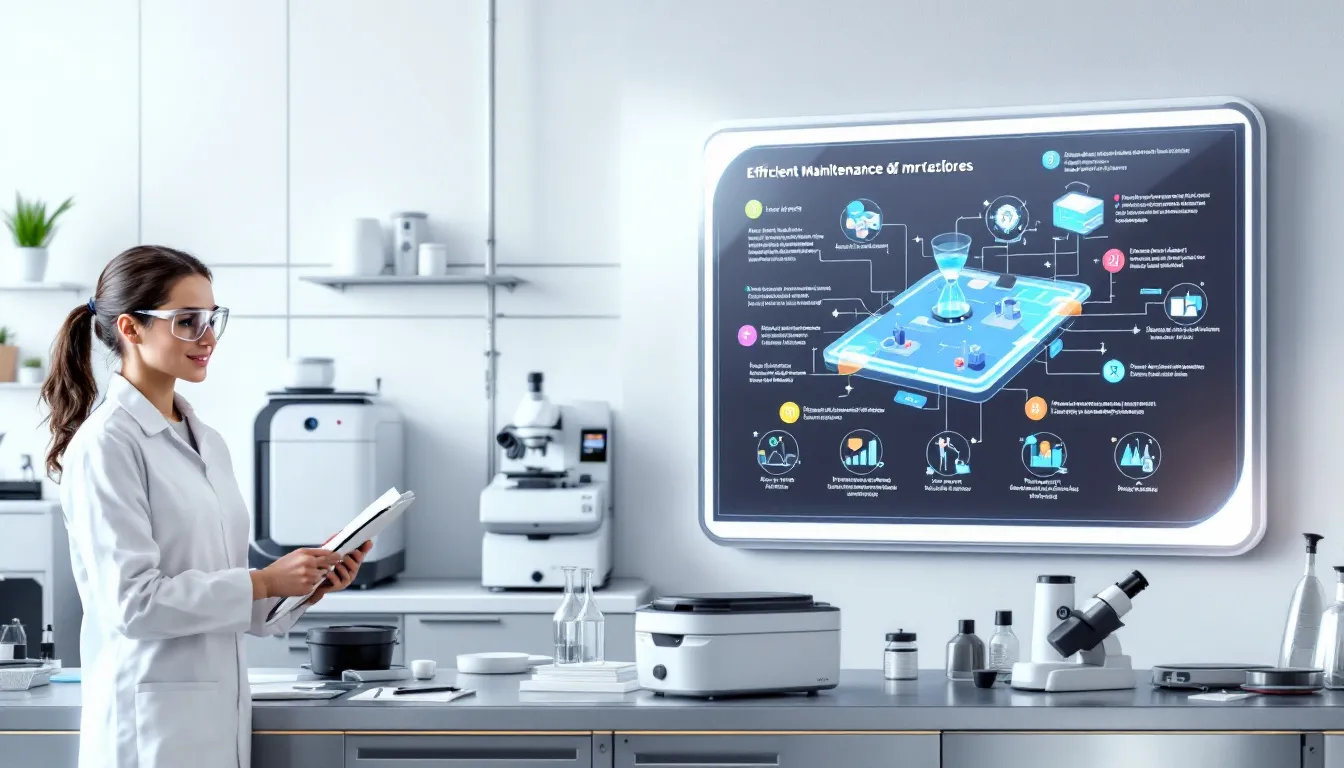
Lab maintenance encompasses a wide range of activities designed to keep laboratory equipment and the overall environment in optimal condition. These include cleaning, organizing, checking, and calibrating equipment, repairing or replacing faulty items, and ensuring that supplies are well-stocked. The primary goal is to maintain properly functioning equipment to prevent disruptions in lab operations and ensure safety. Additionally, lab’s maintenance practices are essential for long-term efficiency.
Maintaining cleanliness in the lab is crucial not only for hygiene but also for preventing cross-contamination and infection risks. This involves daily tasks like cleaning countertops, sweeping floors, and sanitizing common touchpoints. Glassware, for instance, needs to be cleaned after each project using a lab washer disinfector with hot-air drying capability to maintain proper hygiene and accuracy. Keeping laboratory instruments in great shape through regular cleaning and maintenance ensures optimal performance and safety. Additionally, handwashing sinks must be kept clean and stocked to prevent contamination.
Lab managers, technicians, and healthcare providers all share the responsibility of maintaining the lab environment. Effective lab management involves developing maintenance protocols and allocating resources to ensure smooth operations. Regular maintenance is critical for achieving lab safety, accuracy of results, prolonging equipment lifespan, and improving productivity. Proper maintenance and documentation are essential for the safe and effective operation of lab instruments.
Importance of Regular Laboratory Maintenance
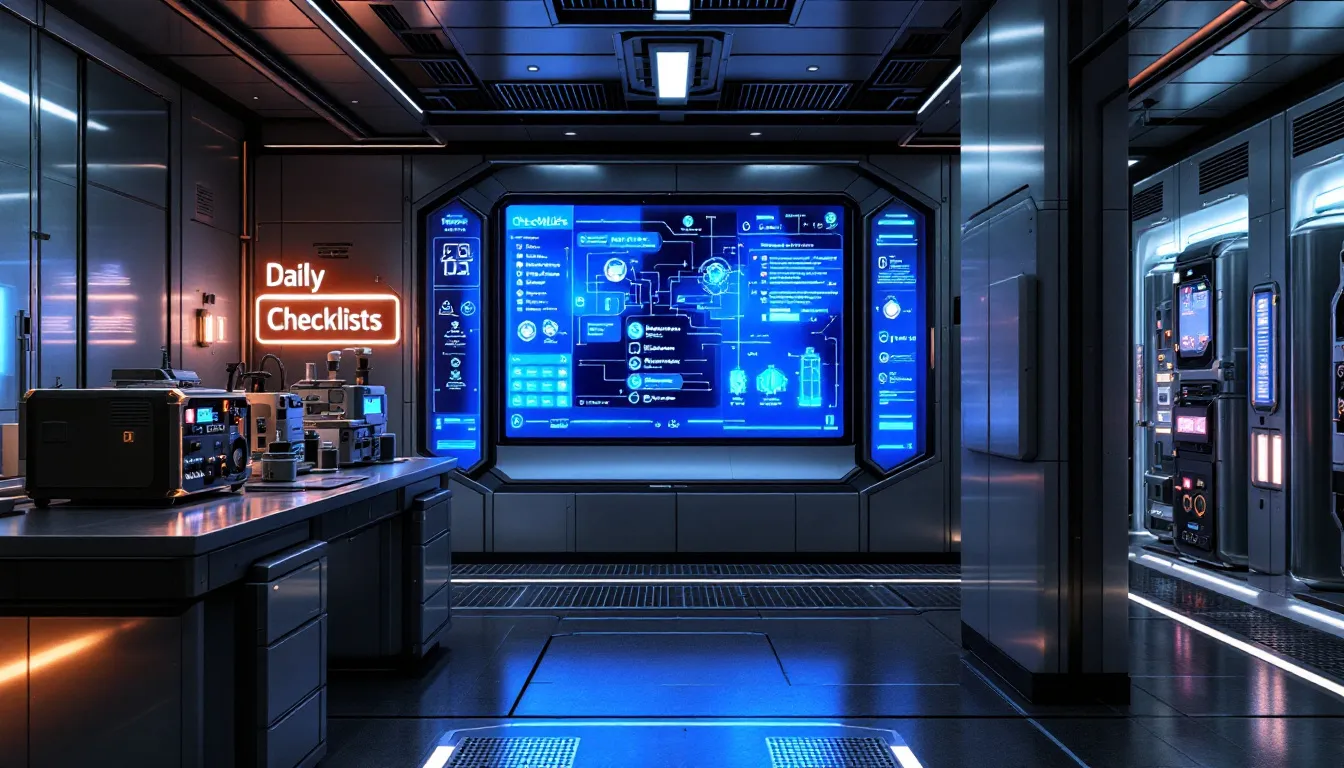
Regular maintenance of laboratory equipment is vital for ensuring safety and preventing accidents in environments dealing with hazardous materials. Malfunctioning equipment can lead to spills, exposure incidents, or even catastrophic accidents. Maintaining lab equipment in good working condition minimizes risks and ensures a safer working environment for all laboratory personnel. During daily checks, it is important to inspect for visible damage, as identifying physical signs of wear or damage early can help prevent safety hazards and equipment failure.
Beyond safety, regular upkeep of laboratory equipment maintenance is crucial for obtaining reliable data. Well-maintained laboratory equipment is more likely to deliver consistent and accurate results, which are essential for credible research and quality assurance. Regular calibration of equipment ensures that measurements remain accurate, thus maintaining the integrity of the data collected. Neglecting maintenance can lead to equipment deterioration and unexpected failures, disrupting ongoing research and leading to inaccurate results. Addressing minor issues such as cleaning filters or lubricating parts promptly can prevent major equipment failures and costly repairs.
Financially, regular maintenance provides significant advantages. It helps avoid costly repairs and replacements by prolonging the lifespan of equipment that is properly maintained. By preventing equipment failures and downtime, regular maintenance can also save on potential revenue losses and compliance issues. Proper documentation of maintenance procedures aids in troubleshooting and maintaining compliance with regulatory standards.
Daily Lab Maintenance Tasks
Daily lab maintenance tasks are the foundation of a well-maintained laboratory. These include basic housekeeping activities such as cleaning countertops, sweeping floors, and sanitizing common touchpoints to maintain a clean and safe working environment. Checking personal protective equipment for wear and damage before starting any lab activities is also crucial to ensure the safety of laboratory personnel. Inspect work areas for broken glass or materials with sharp edges, and ensure proper disposal in designated receptacles to maintain safety. Handwashing sinks must be kept clean and stocked with disinfectant soap.
Additionally, emergency stations like eyewash stations, hand washing stations, and shower stations must be tested regularly to ensure they are functional and compliant with safety regulations. These daily tasks, though seemingly minor, play a significant role in preventing accidents and maintaining a high standard of lab safety and hygiene.
Weekly and Monthly Lab Maintenance Routines
Weekly and monthly lab maintenance routines involve more in-depth tasks that go beyond the daily cleaning and checks. Regular inventories of refrigerator and freezer contents help manage expiration dates and ensure properly stored materials in regular rotation. An inventory list should be maintained for contents of refrigerators and freezers, noting origin and expiration dates. This practice minimizes waste and ensures that materials are used efficiently.
Weekly maintenance tasks also include checking the accuracy of pipettes and centrifuges, performing preventive maintenance on incubators and refrigerators, and greasing moving sections of equipment. Additionally, filtration systems should be inspected and maintained regularly to ensure they remain efficient and safe for laboratory operations.
Monthly inspections should focus on fire safety equipment and conducting more thorough cleanings, including fire extinguishers. Outsourcing specialized cleaning tasks can also help maintain high standards in laboratory cleanliness and safety.
Preventive Maintenance Programs

Preventive maintenance programs are proactive measures designed to address potential equipment issues before they escalate into costly repairs or replacements. Establishing a maintenance schedule ensures regular servicing aligned with equipment use and manufacturer guidelines. It is essential to strictly follow the manufacturer's instructions for all maintenance procedures to ensure compliance and proper equipment upkeep. Regular calibration of lab equipment can significantly extend the lifespan of instruments by identifying potential issues early.
Utilizing a maintenance management system can streamline tracking and documentation of all maintenance tasks, making it easier to maintain detailed records and identify trends in equipment performance. Encouraging laboratory personnel to report any equipment issues promptly promotes a preventative approach to maintenance, further reducing the likelihood of emergency repairs.
Proper Calibration of Laboratory Equipment
Proper calibration of laboratory equipment is essential for maintaining the accuracy and reliability of measurements. Calibration involves comparing readings against known standards to ensure accurate measurements. This process is crucial for maintaining product quality and research accuracy, as even minor deviations can lead to significant errors in experimental results. Equipment calibration is a key aspect of this process.
Regular calibration ensures that lab equipment remains in optimal condition, providing consistent and reliable measurements. Instruments can drift out of calibration due to wear and tear, changes in environment, or improper handling, making regular calibration essential. Creating a detailed maintenance schedule that includes calibration based on equipment usage and manufacturer guidelines helps maintain the integrity of lab operations.
Laboratory personnel should follow a regular calibration schedule and document calibration results accurately to ensure proper calibration. This practice not only ensures the reliability of data but also enhances the overall integrity and functionality of lab operations, resulting in reliable scientific research.
Creating a Laboratory Maintenance Checklist
Creating a comprehensive laboratory maintenance checklist is a practical approach to ensuring routine maintenance tasks are completed on time. Such a checklist should include daily, weekly, and monthly tasks, as well as any specific maintenance procedures required for different types of laboratory equipment. A checklist should be established by maintenance teams to ensure routine tasks are completed on time.
Using a maintenance management system can streamline the tracking and documentation of these tasks, making it easier to ensure that nothing is overlooked. Employing calibration management software helps ensure instruments are accurate and supports data integrity.
Handling Equipment Repairs and Replacements
Handling equipment repairs and replacements is a critical aspect of laboratory maintenance. Regular maintenance can significantly extend the lifespan of laboratory equipment, minimizing repair costs and reducing the need for expensive repairs. However, when equipment shows signs of malfunction—such as error messages, unusual noises, or unexpected results—it is essential to address these issues promptly to avoid major repairs and ensure that the equipment is repaired. Implementing and documenting corrective actions in response to identified deviations is crucial for maintaining regulatory compliance and supporting quality assurance processes.
When considering whether to repair or replace laboratory equipment, multiple factors come into play. Key considerations include the cost of repairs, the equipment’s age and condition, as well as potential disruptions caused by downtime. Refurbishing equipment that still functions but isn’t operating smoothly can restore it to good condition and extend its usable lifespan. Knowing the average life expectancy of instruments aids in planning maintenance and repair schedules.
When equipment becomes outdated or hard to repair due to restricted software support or hard-to-replace spare parts, it may be necessary to consider upgrading or replacing older equipment. Options for upgrading or replacing laboratory equipment include purchasing new, renting, or sending samples for testing.
Maintaining Data Integrity Through Regular Maintenance
It is crucial to maintain the integrity of experimental data. This is essential for obtaining accurate research results. Regular maintenance is essential for protecting data integrity. It reduces the likelihood of data errors occurring. Utilizing audit trails to track all laboratory activities aids in maintaining data integrity by providing a clear record of all actions taken.
A lab information management system (LIMS) can streamline data tracking and minimize human errors, ensuring that data remains reliable and accurate. Regular documentation of maintenance activities in labs can prevent the loss of knowledge, ensuring tools remain effective for future experiments.
If laboratory equipment is not functioning properly, data may be flawed, leading to incorrect conclusions that determine the reliable results of experiments.
Best Practices for Lab Safety
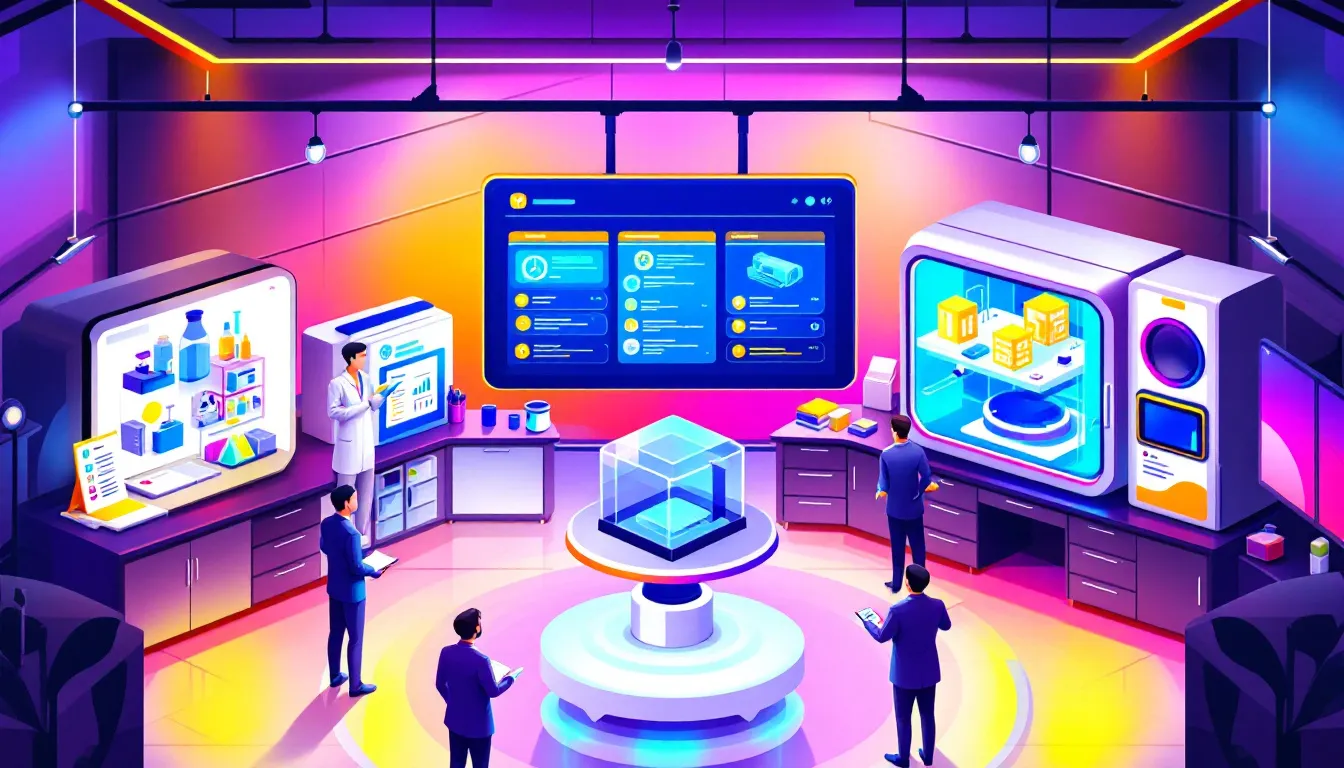
Lab safety is a critical aspect of laboratory maintenance. When handling hazardous materials, always consult safety data sheets and follow standard operating procedures to prevent accidents and address potential safety hazards. Containers of hazardous materials must be in good condition, properly labeled, and securely closed to avoid spills and exposure incidents. Broken glass and sharp objects should be disposed of in designated containers to ensure safety.
Proper maintenance of personal protective equipment, such as checking for signs of wear, is essential for ensuring the safety of laboratory personnel. Face protection should also be included in these checks. Hazardous processes should never be left unattended, and secondary containment should be used for all liquid hazardous materials to mitigate leaks.
Inaccurate measurements can lead to dangerous situations, highlighting the importance of calibration for safety in lab environments, ensuring accuracy.
Documenting Maintenance Procedures
Documenting maintenance procedures is crucial for ensuring that laboratory equipment remains reliable for future experiments. Accurate records aid quality assurance, support warranties, and ensure compliance with industry regulations. Keeping a detailed log of maintenance activities allows for better tracking of equipment health and performance.
Incorporating software tools like LIMS, spreadsheets, and physical logs can streamline the management of maintenance tasks and schedules. Regularly updating maintenance procedures based on equipment performance data can improve service efficiency and adherence to industry regulations, helping prevent penalties and ensuring compliance, making the process more cost effective.
Developing a Maintenance Culture Among Laboratory Personnel
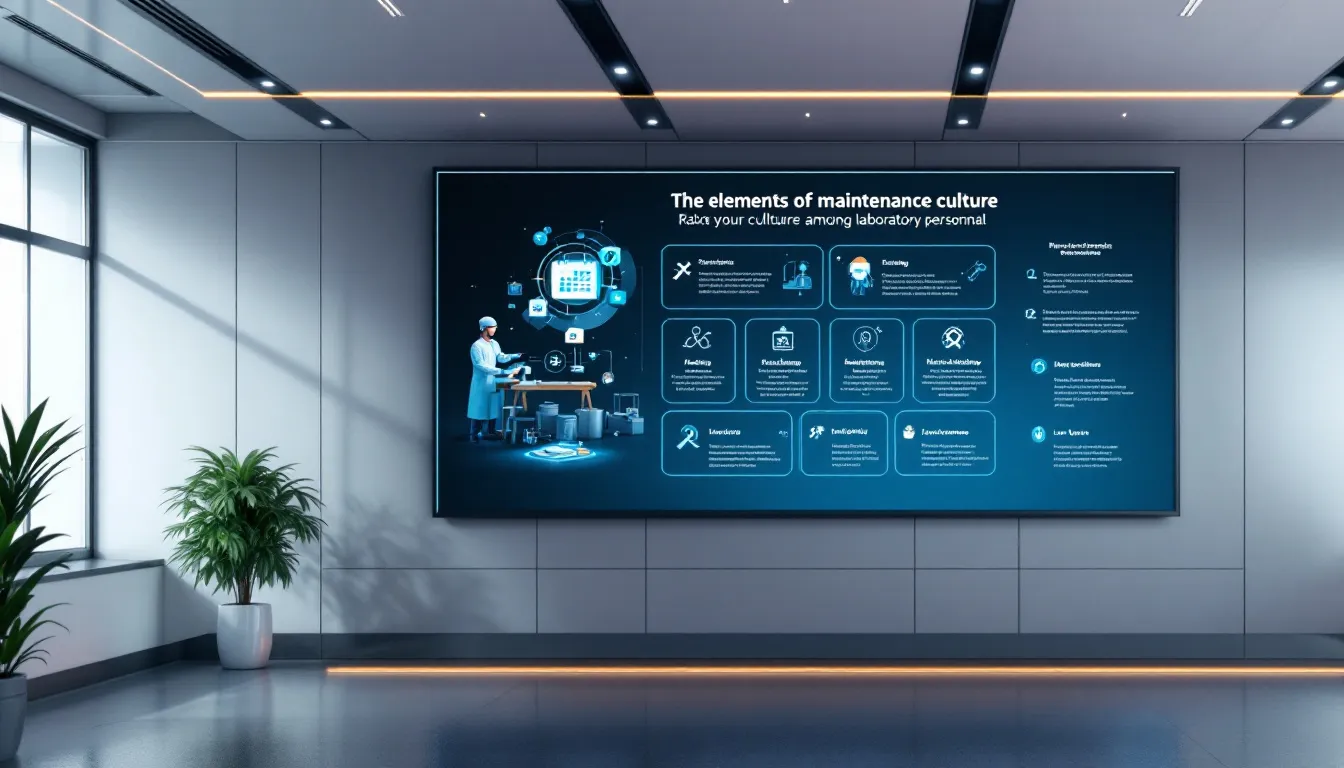
Developing a maintenance culture among laboratory personnel is essential for reducing equipment downtime and enhancing the quality of results. A work environment that encourages initiative and interest in maintenance fosters a proactive approach to lab upkeep. Assigning specific responsibilities to individuals helps foster a sense of ownership and accountability in equipment maintenance.
Training is essential for acquiring abilities to service and maintain hearing conservation equipment in a maintenance culture. Regular competency assessments ensure that laboratory staff are knowledgeable and confident in operating and maintaining well maintained equipment for optimal performance.
Standardized operating procedures are vital for ensuring consistent use and maintenance practices for laboratory equipment and the proper operation of equipment. Recognizing or rewarding good maintenance practices can further encourage a maintenance culture in laboratories.
Summary
In summary, optimizing lab maintenance through best practices ensures a safe, efficient, and productive laboratory environment. Regular maintenance, proper calibration, detailed documentation, and fostering a maintenance culture are all essential components of effective lab management. By following these guidelines, laboratory personnel can ensure the reliability of their data, minimize costs, and maintain a high standard of safety and performance.
Frequently Asked Questions
Why is regular calibration important for laboratory equipment?
Regular calibration is essential for ensuring the accuracy and reliability of measurements, which directly impacts product quality and research outcomes. This practice helps maintain the integrity of laboratory results and supports consistent performance of equipment.
What are some daily lab maintenance tasks?
Daily lab maintenance tasks encompass cleaning countertops, sweeping floors, sanitizing common touchpoints, and inspecting personal protective equipment for wear and damage. These practices ensure a safe and hygienic working environment.
How does preventive maintenance benefit a laboratory?
Preventive maintenance significantly reduces the risk of costly repairs and extends the lifespan of laboratory equipment. By addressing potential issues early, it also minimizes downtime, ensuring continual and efficient operations.
What should be included in a laboratory maintenance checklist?
A laboratory maintenance checklist should include daily, weekly, and monthly tasks, along with specific procedures for maintaining various types of equipment. This ensures optimal operation and safety within the laboratory environment.
How does regular maintenance support data integrity?
Regular maintenance supports data integrity by minimizing the potential for data errors and ensuring the functionality of equipment, thereby guaranteeing reliable and accurate data.
Share this
You May Also Like
These Related Stories
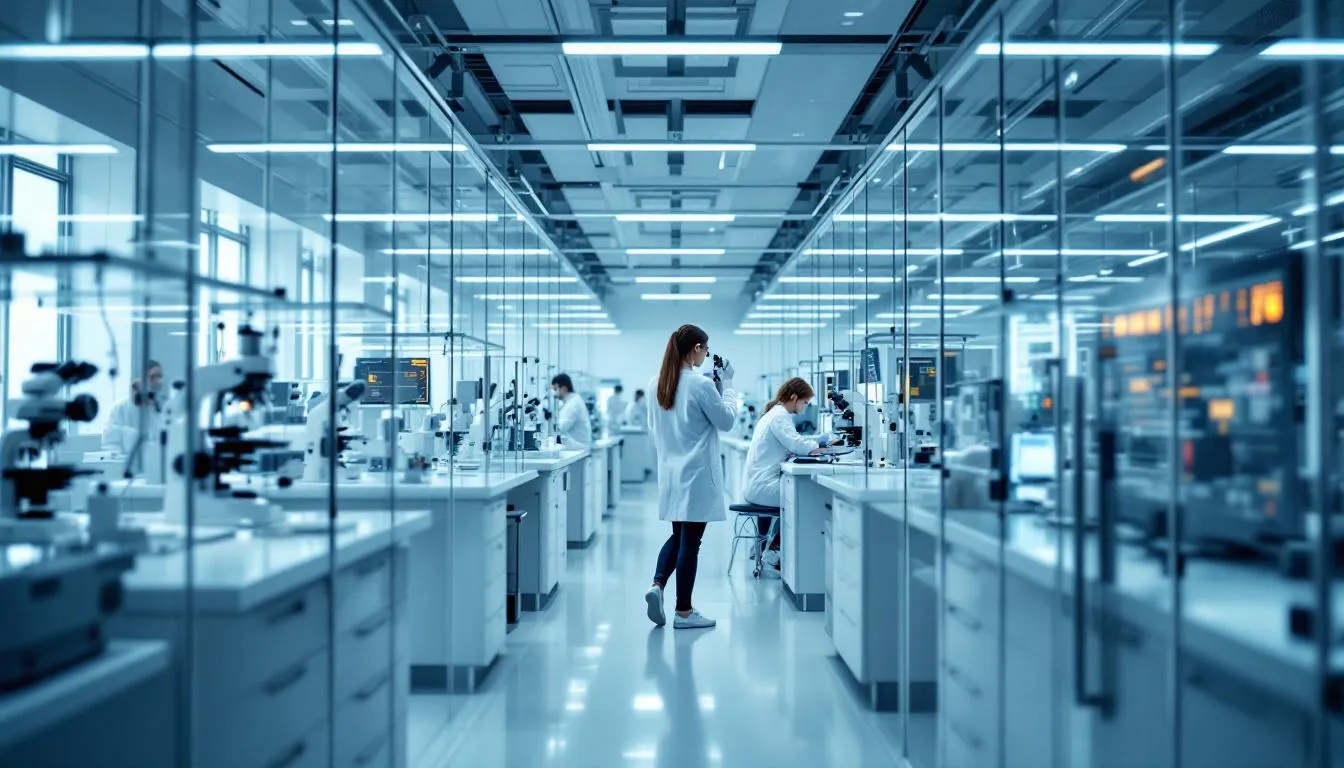
Top Strategies for Effective Laboratory Operations Management
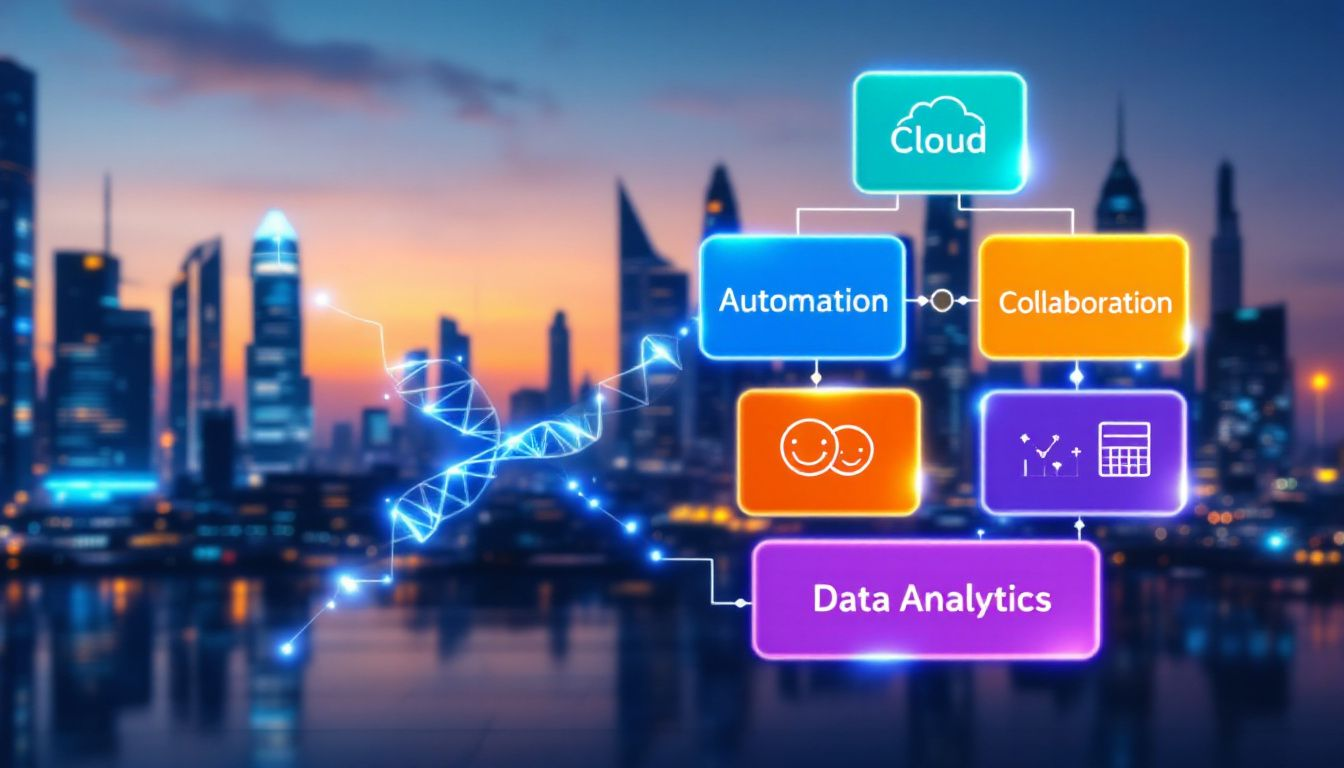
LIMS vs ELN
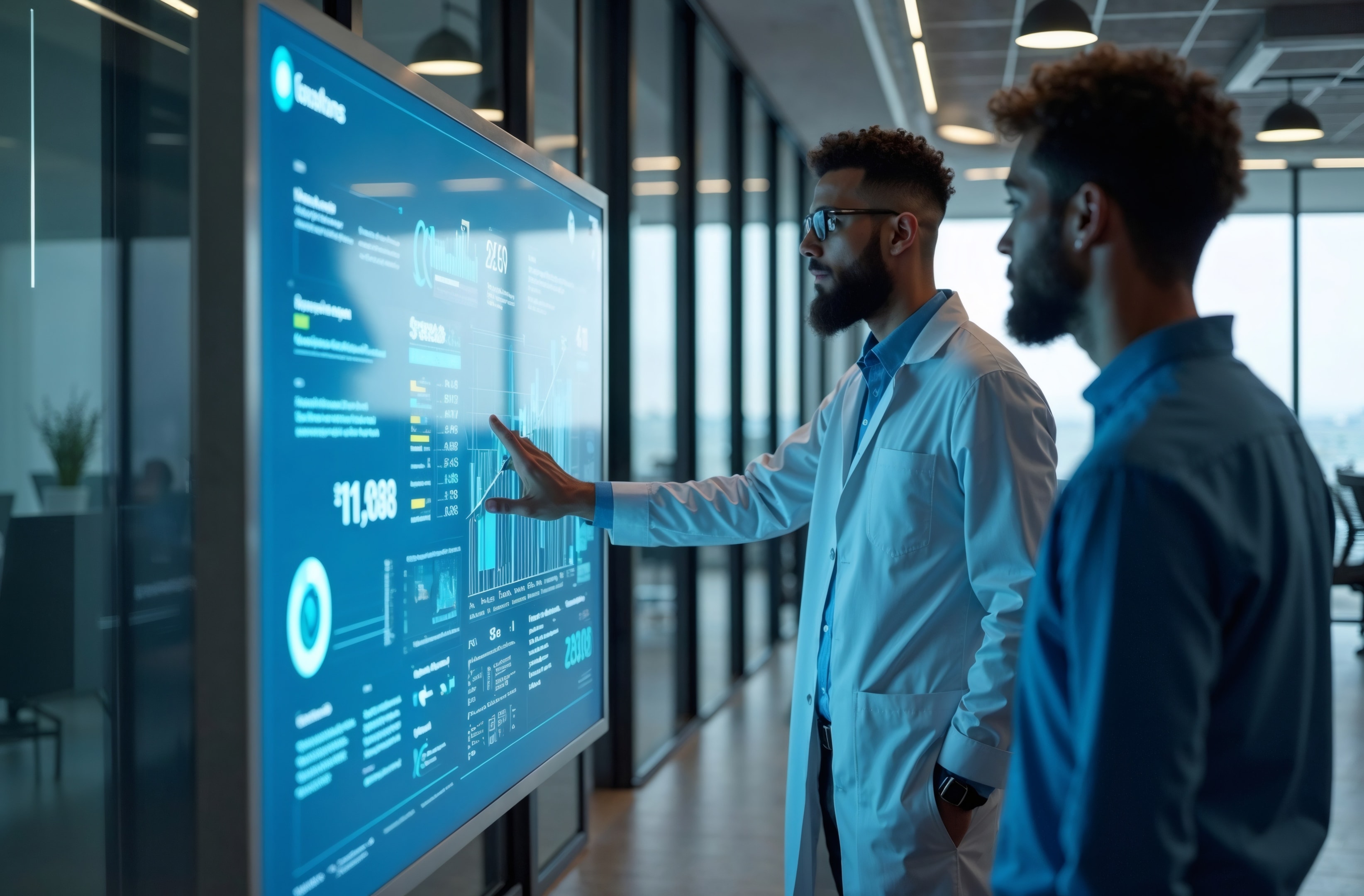

No Comments Yet
Let us know what you think